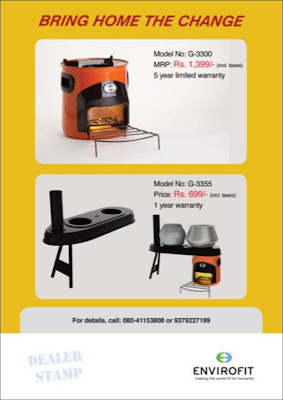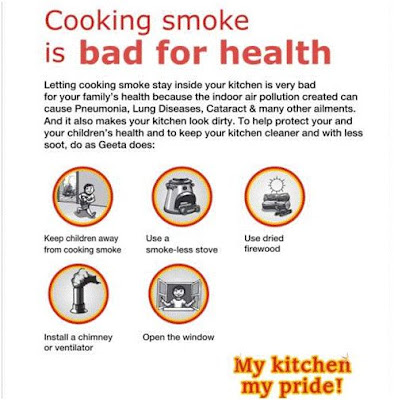
One of the most persuasive arguments about cooking stoves being THE solution to Black Carbon that is said to contribute up to 18 per cent of the planet’s warming was by NYT’s Elisabeth Rosenthal.
Elisabeth made the simple point that “Replacing primitive cooking stoves with modern versions that emit far less soot could provide a much-needed stopgap, while nations struggle with the more difficult task of enacting programs and developing technologies to curb carbon dioxide emissions from fossil fuels.
In fact, reducing black carbon is one of a number of relatively quick and simple climate fixes using existing technologies - often called “low hanging fruit” - that scientists say should be plucked immediately to avert the worst projected consequences of global warming. “It is clear to any person who cares about climate change that this will have a huge impact on the global environment,” said Dr. Ramanathan, a professor of climate science at the Scripps Institute of Oceanography, who is working with the Energy and Resources Institute in New Delhi on a project to help poor families acquire new stoves. “
However, ‘Low Hanging Fruit” may be a bit of an over reach or an under-estimation. The government of India has since 1983 been promoting and funding programs for replacing ‘primitive stoves’ with smokeless chullahs. However, after 25 years of efforts by the state and the central government as also a wide cross section of non-profit bodies, technical institutes and even commercial manufacturers, it is clear that changing stoves is far from a ‘low hanging fruit’. On the contrary, it will take large size commitment, huge global effort and multiple formats of cook stoves at price points that are dead cheap for the majority of the residents of the planet who still cook on stoves from India to Peru to go smoke-less.






